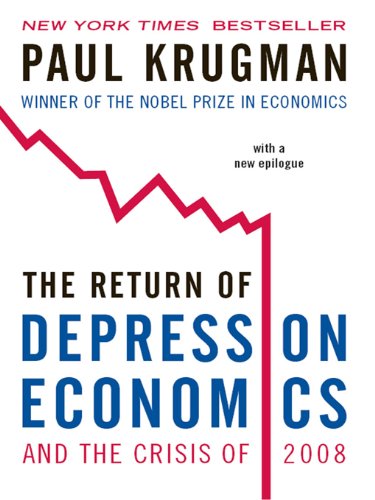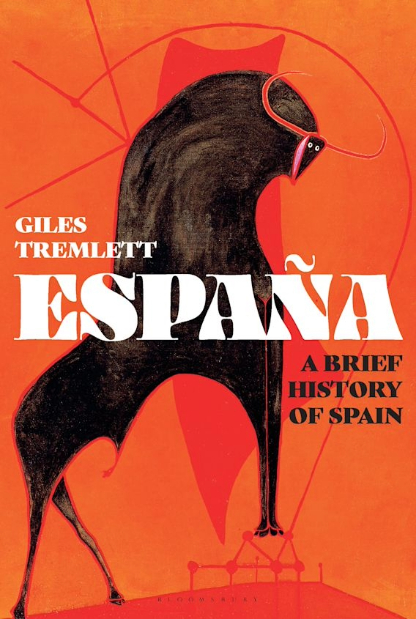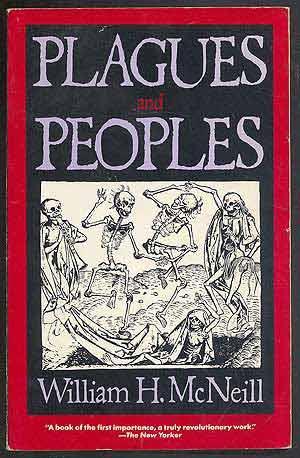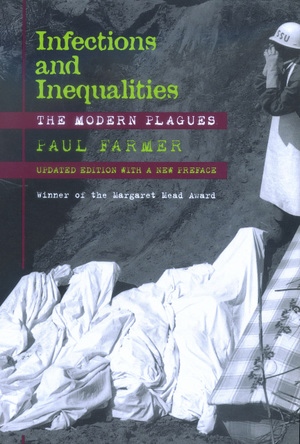The Progress of This Storm: Nature and Society in a Warming World, Andreas Malm, Verso, 2018, pp. 248, $33, ISBN 978-1-78663-415-3
Everywhere we go there is concrete; mirrors. Signs of modernity creep into the countryside and turn farmers into wage laborers, farms into ‘infrastructure developments’, thereby obliterating the difference between the City and the Village. The biophysical and cultural distinction between the contours of the two was crucial in providing a sense of time; specifically, the feeling of traveling back in time to a place where nature and tradition fused to create the past. Now, the perpetual present of the sprawling space eliminates time and thereby nature. The existence of the perpetual present hinges on the variations of post-modernist disavowal of the existence of the past. Has nature ended, or has it ever existed? What do we mean by nature when speaking of landscape utterly dominated by the human species? Have our exosomatic gadgets digitized our lived experience to the extent that they facilitate a complete removal from the natural rhythms of the environment? Do we thereby unwillingly partake in the biocide that surrounds us and on which hinges our current modes of existence?
Following his incisive analysis of the shift from water to steam power in industrial Britain in his Deutscher Memorial Prize-winning book Fossil Capital, environmental historian Andreas Malm turns to analyze the current theory underlying ecological thinking and nature/society junction. Now, he contends that “theory does not seem like the most exigent business in a rapidly warming world” (p.16) and that perhaps the most meaningful thing to do is to “physically cut off fossil fuel combustion, deflate the tyres, block the runways, lay siege to the platforms, invade the mines” (ibid.). Indeed, as Malm states, the theory itself can be part of the problem.
His book, The Progress of This Storm, attempts to parse through intellectual muddiness to provide the movements with clear conceptual maps to be used in accomplishing the task of saving the planet, and ourselves.
‘Language has a hole in its ozone layer’
Malm begins by analyzing constructionism. Critical geographer, Noel Castree asserts that nature “doesn’t really exist out there waiting to be understood, independent of mind, available for experience” and that nature is for him “a powerful fiction” (p.24). Nature thus becomes a discursive element common to particular epistemic communities who will it into existence by mutually agreeing on its meaning. Given the existence of many different epistemic communities – i.e animism, totemism, naturalism – there are many different ‘natures’. In a typical Hegelian fashion, nature thus becomes an idea and the processes associated with it, such as global warming are merely mutually agreed beliefs removed from the biophysical reality. In his humorous fashion, Malm asserts that “when the villages in a valley in Pakistan are swept away by the flood, or a monarch butterfly population collapses…it is an idea that strikes them” (p.25).
The basic tenet of constructionism is the belief that the social production of knowledge implies the production of reality as such and can only exist in the social sphere. By corollary, Malm further states that this would mean that “the sun once rotated around the earth and then swapped place with it” (p.27). Bill McKibben, the current leader of the 350.org, a social movement aiming to pressure policy makers into adopting measures consistent with the return to 350ppm, was once guilty of constructionism. Indeed, it was he who asserted that “we have ended the thing that has, at least in modern times, defined nature for us – its separation from modern society” (p.33). This view blatantly fails to acknowledge the fact that nature operates according to its laws, which predate the human species and which will succeed us. Human encounter with nature and our ability to contribute to its processes does not imply that humans have created nature as such. Malm’s criticisms are premised on the belief in praxis, the ability to translate ideas into action, and as such constructivism is more of a pacifying force in a world that needs changing.
‘Let the categories dissolve in the real fluid’
The anthropogenic forces that contribute to environmental degradation question our ability to neatly separate and categorize the effects. Climate change impacts the natural as well as the social realm. It is with this difficulty that the progenitor of the hybridist school of thought Bruno Latour grapples. The fundamental claim of hybridism is that “because natural and social phenomena have become compounds, the two cannot be differentiated” (p.47). They form a hybrid unity. However, in order for the unity to formed, and the two categories to collapse into each, they must first be apart and substantially different – as Descartes would suggest. This philosophy rests on substance dualism. Malm, significantly, critiques hybridism from the position of substance monism and property dualism, which postulates that while nature and society are of the same natural base, their forms of organization are different – i.e they operate according to different logics and laws. Their interaction occurs in the form of a dyad, or dialectic. Dialectic requires opposites, however, not in the Cartesian sense of substance dualism, for the dialectic occurs in the realm of properties, which although opposite form a unity (historical materialism). Malm’s property dualism suggests that (p.65):
1) natural and social properties are distinct types of properties
2) nature and social property attach to material entities of one and the same substance
3) an entity can have both natural and social properties so that it is a combination of the two
4) social properties ultimately depend on natural properties, but not the other way around
‘Does a river have a goal?’
On the opposite end of the theoretical spectrum from constructionists lay an avant-guard group styling themselves the ‘new-materialists’, who aim to bring the discourse back into the physical realm. The group aims to extend the agency accorded to the social realm to the physical by means of according it to matter. “Matter is what makes things happen; it has agency” (p.79). Bruno Latour is, again, the main source of inspiration for this school. Crucially, according to the new materialists agency is defined as the ability to make a difference to a state of affairs. These ‘actants’ execute their agency together with humans to make things happen. Malm rightly disentangles this argument by analyzing the philosophy of action. Indeed, to act is to have a mind, and our acting is geared towards altering a specific state of affairs that is yet to come into existence. New materialists would suggest that the coal’s intention is to be excavated from the ground, burnt and ultimately contribute to global warming. Malm cements his argument by posing the question of the unintended consequences (p.94) – if an object intervenes in the execution of an individual’s action, who then becomes the agent?
Ultimately, Malm’s argument leaves him prone to the attacks of anthropocentrism in his over-emphasis on the uniqueness of human agency as opposed to animal – beaver, baboon.
‘For Climate Realism’
Malm’s proposal rests on Roy Bhaskar’s A Realist Theory of Science, which suggests that there ultimately exist two dimensions of knowledge, the transitive, which is social and that which falls outside it, but is nonetheless real. Malm’s 10-points for an epistemological climate realism (p.127-132) act as a theoretical foundation that builds on his critique of constructionism, hybridism and new materialism. He complements his climate realism with a socialist theory to suggest that the driving forces behind the reproduction of social relations and the production of material artifacts are to be found in the social structure of the society.
Thus material objects themselves, such as technology, which is often touted as the savior from the impending climate disaster, is itself endowed with power relations inherent in the society and serves to project them and ‘widen the differential’. These conclusions very clearly build on his earlier Fossil Capital, which concluded that the introduction of steam in Britain occurred in spite of abundance and cheapness of water, but in order to subdue workers and extend the control of the capitalist class. Thus, when Again, this falls in line with his proposed substance monism and property dualism. It is also a statement against fetishism, the idea that objects are independent of social relations but are things-in-themselves. By extension, this would imply that the current mode of production generates a society and an economy whose structure is detrimental to the planet (i.e fossil economy). The contradiction between the development of society and nature is encapsulated in the term metabolic rift – developed by John Foster Bellamy, Richard York, and Brett Clark, with contributions from Paul Burkett. This contradiction is not an innate property of the society, and humans possess the ability to destroy and to restructure the metabolism (Stoffwechsel) in such a way so as to ensure that the imbalance is rectified. Capitalism (should) then become the target of any social movement aimed at preserving the well-being of our societies and the Earth itself.
However, as Malm notes, such movements are weak. Their weakness allows the capitalist class to isolate themselves and retreat into their air-conditioned rooms, thereby avoiding the worst effects of climate change. The vast majority, on the other hand, suffers. It is in the poverty-stricken regions, or, those regions where modernization has not landed yet, that climate change makes landfall first. This should make the calls to action even more urgent for it is the poor that suffer the most, as always.
It is up to us to ‘induce the explosion’, for as Benjamin said “capitalism will not die a natural death” (p.230).
The Progress of This Storm is a devastating, yet necessary, critique of current intellectual fads that muddy the theoretical waters that may potentially underpin social movements. Malm provides a clear theoretical framework, now, it is up to us to act on it.




